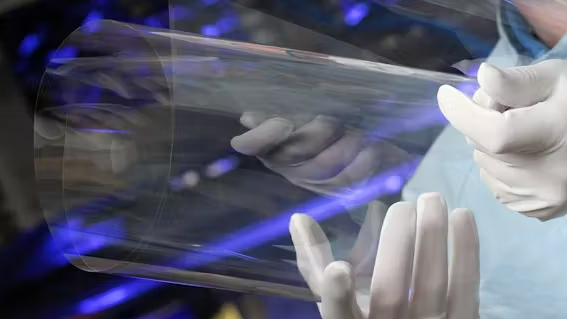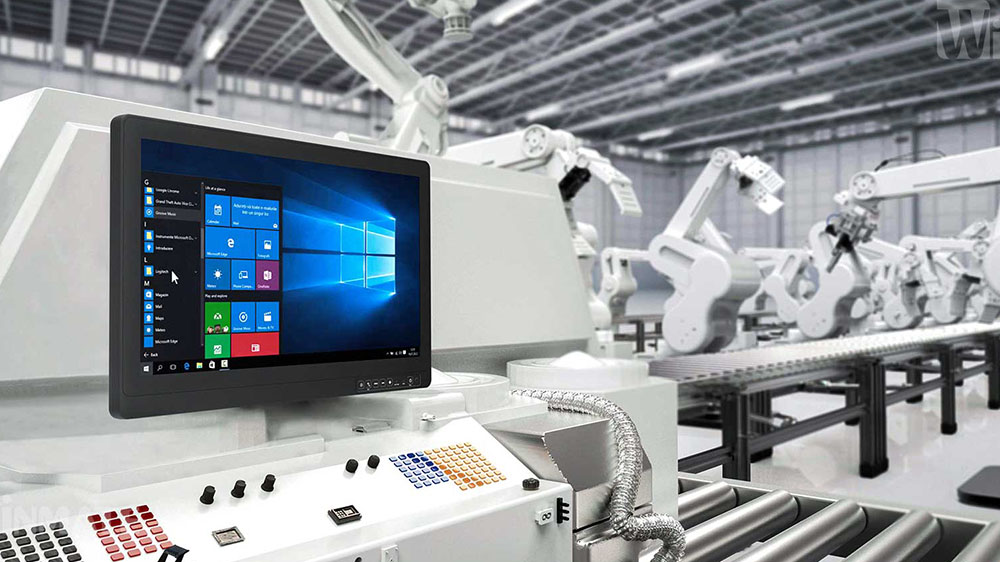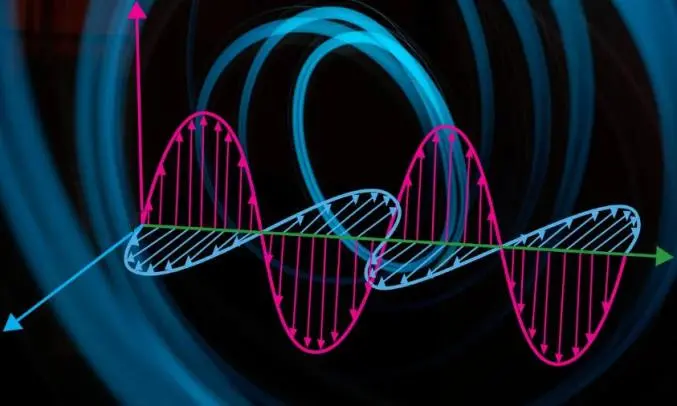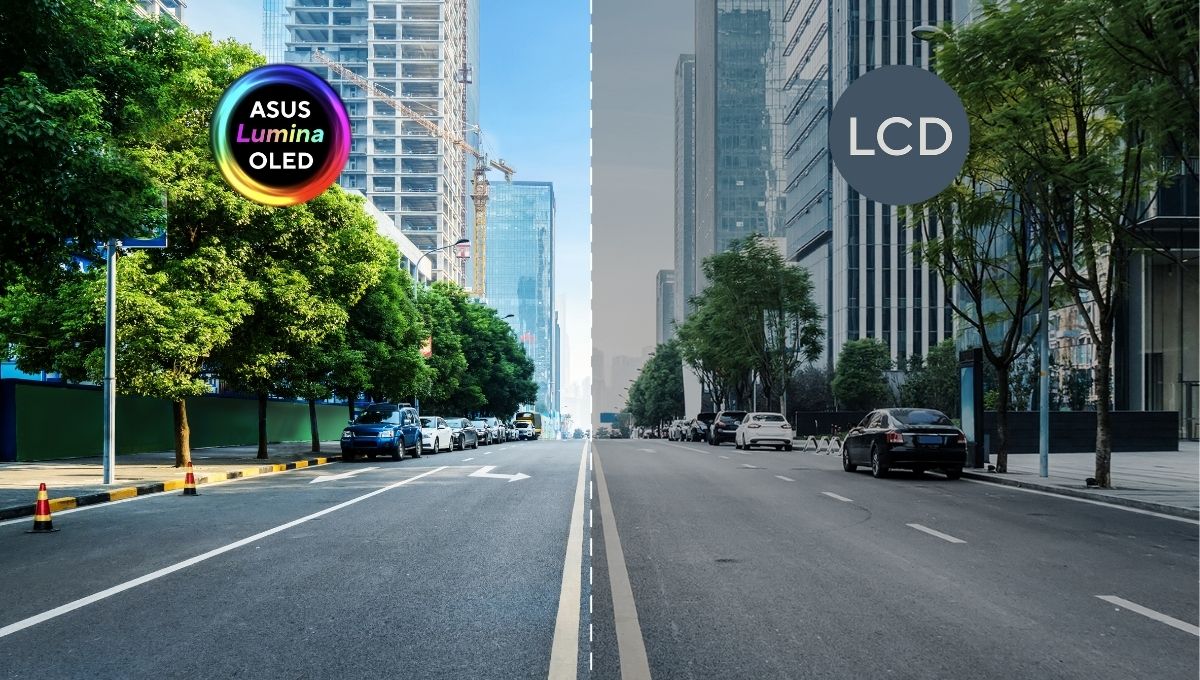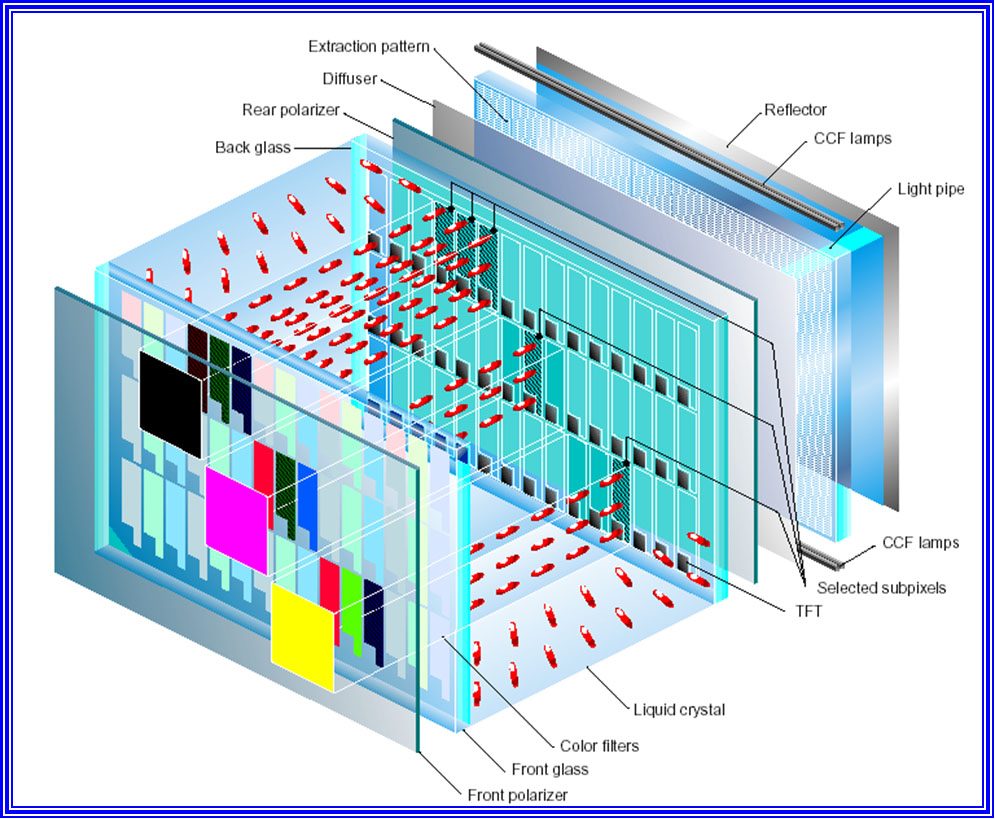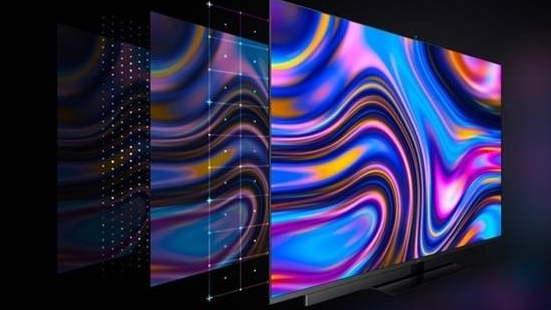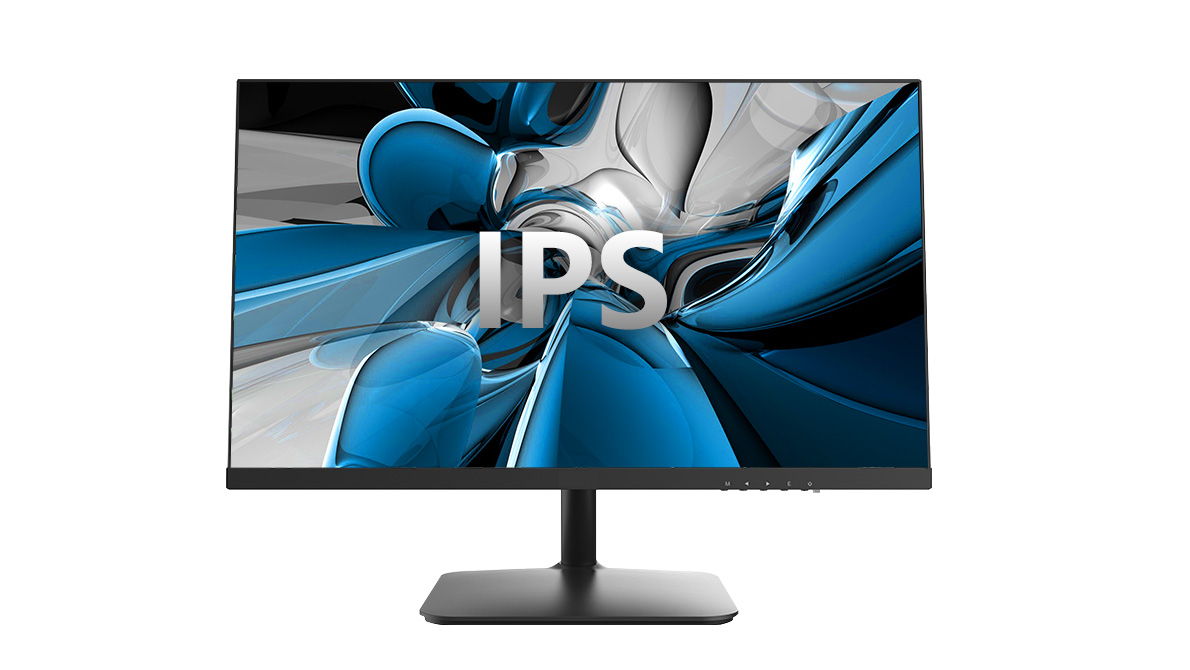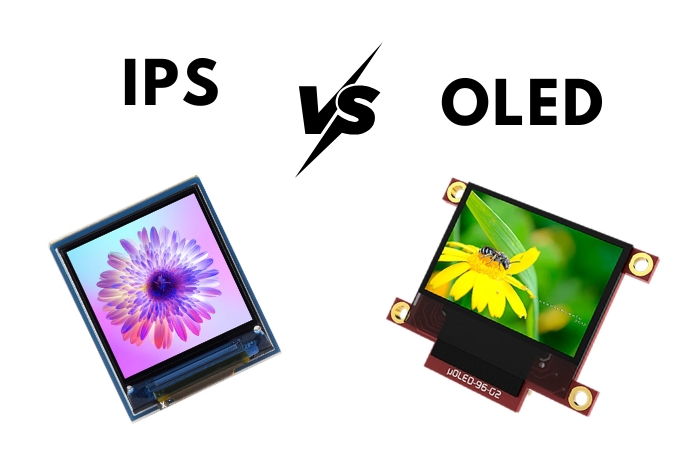What is Transparent Conductive Film?
A Transparent Conductive Film (TCF) is a class of thin‐film materials that uniquely combine high electrical conductivity with optical transparency in the visible spectrum. As essential components in optoelectronic devices—such as touchscreens, displays, solar cells, smart windows, and flexible electronics—TCFs enable the flow of electric current while allowing light to pass through with minimal loss. … Read more




